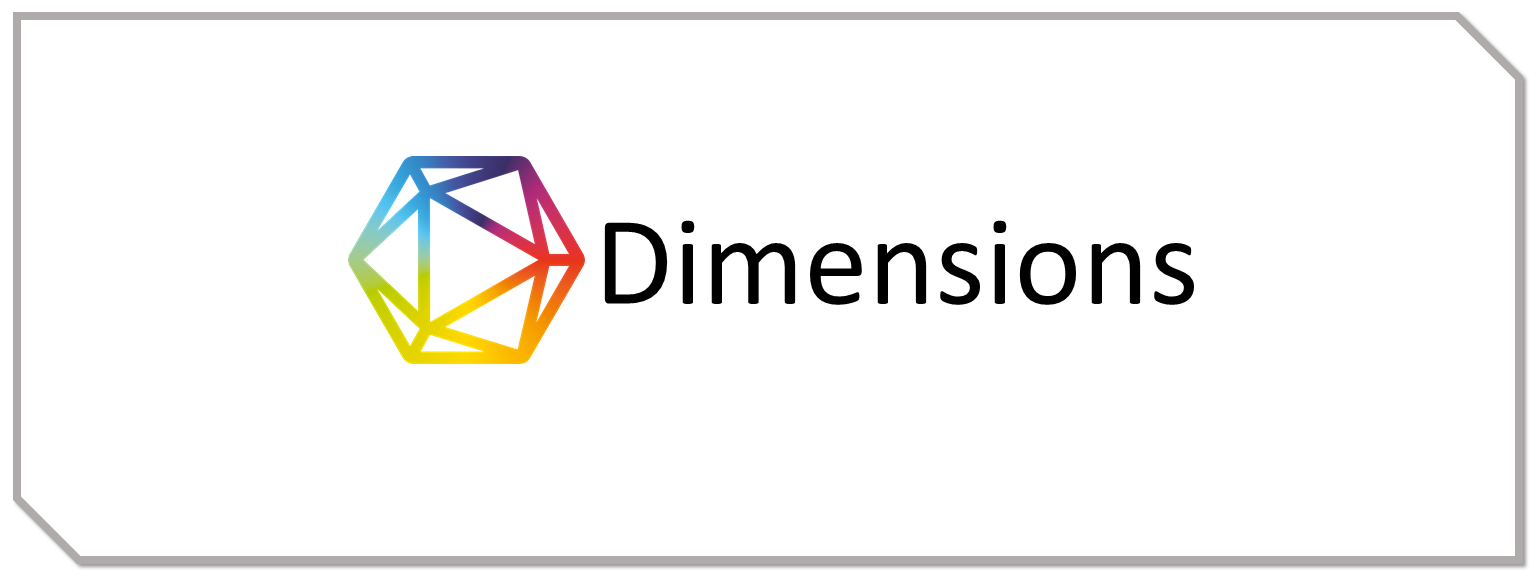Determinants of Mental Health Status in Indonesian Pre-elderly and Elderly with Comorbidities during COVID-19
Introduction: The pre-elderly and elderly populations with comorbidities are among the vulnerable groups to having mental health issues during COVID-19. This study aimed to examine the mental health status of this population in Indonesia and analyze the associated factors. Methods: This cross-sectional study enrolled 105 pre-elderly and older adults residing in Java Island, Indonesia, in September–October 2021. Mental health status was measured using the Depression, Anxiety, and Stress Scale-21 (DASS-21). Sociodemographic factors, hospital visits, and medication during the pandemic were also asked. Comparison of DASS-21 scores across these factors was analyzed with the Mann-Whitney U test. Results: More than half of the respondents were within a normal range of DASS scores. About 14% of respondents reported depression, and 17% reported stress symptoms, while about 41% were experiencing anxiety. There were gender differences in anxiety and stress scores and education differences in depression. DASS-21 scores were also varied by marital status (p < .05). No significant between-group differences in mental health status according to routine hospital visits and medication during the COVID-19 pandemic. Conclusion: Comorbidities are a risk factor for mental health problems in the pre-elderly and elderly. Women, low economic level, and unmarried individuals were among the vulnerable groups to develop mental health issues during the COVID-19 outbreak.
Copyright (c) 2025 Beny Aji Ifaudi Rahman, Nurina Hasanatuludhhiyah dr., MSi, Atikah, Brihastami Sawitri, Erikavitri Yulianti, Anastasia K. Sikora

This work is licensed under a Creative Commons Attribution-ShareAlike 4.0 International License.
1. Copyright of this journal is possession of the Author, by the knowledge of the Editorial Board and Journal Manager, while the moral right of the publication belongs to the author.
2. The journal allows the author(s) to retain publishing rights without restrictions.
3. The articles are published under a Creative Commons Attribution Share-Alike (CC BY-SA) license. Many research funding bodies prefer the CC BY-SA license because it allows for maximum dissemination and re-use of open access materials. Users are free to share (copy, distribute, and transmit) and remix (adapt) the contribution under this license, including for commercial purposes, as long as they attribute the contribution in the manner specified by the author or licensor.

























